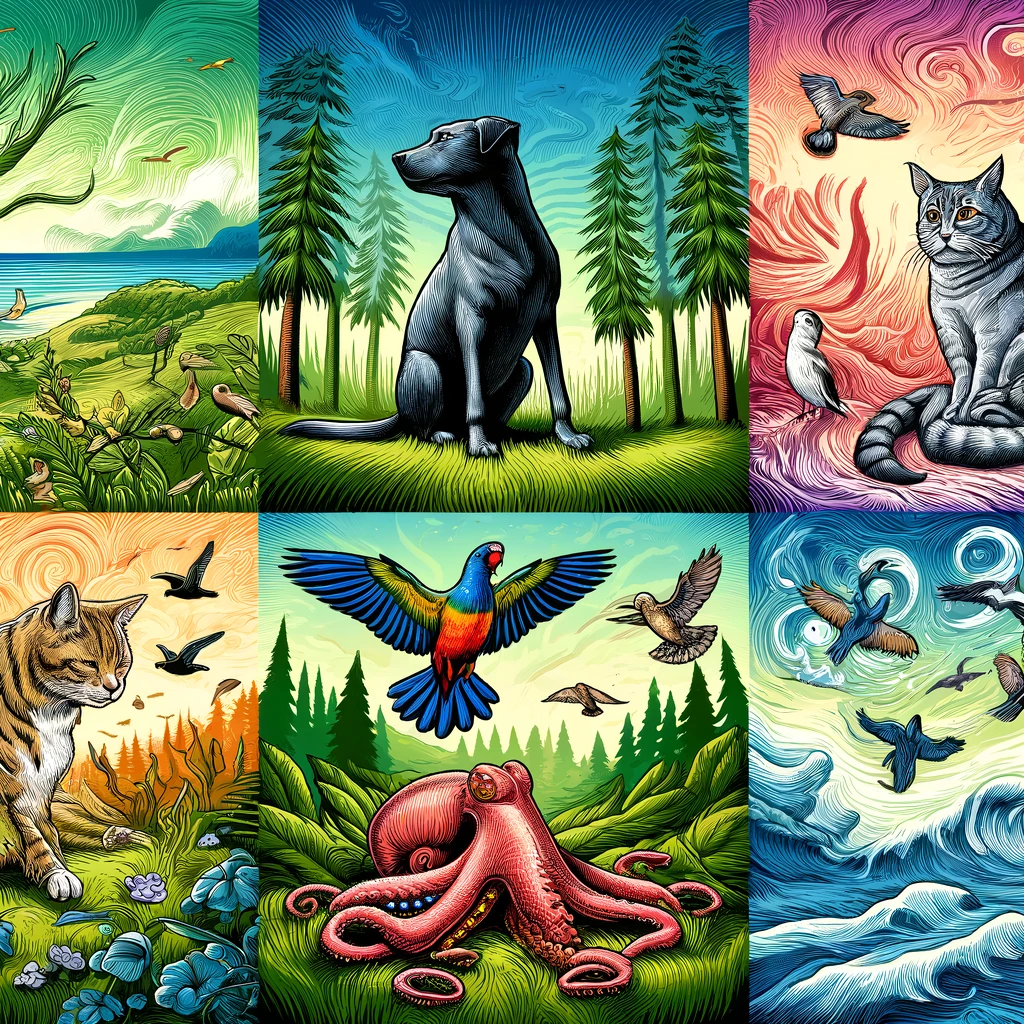
The Science of Animal Behavior: Understanding Our Furry Friends
Animal behavior has fascinated humans for centuries. From the way dogs wag their tails to how birds migrate thousands of miles with precision, every action has meaning. But have you ever wondered what drives these behaviors? Welcome to the world of animal behavior studies, a scientific field that deciphers the mysteries behind how and why animals act the way they do.
What is Animal Behavior?
Animal behavior refers to the ways animals interact with their environment, other animals, and humans. It includes everything from communication and mating rituals to social structures and survival instincts. Understanding these behaviors helps us build stronger bonds with our pets, protect endangered species, and even gain insights into human psychology.
The Science Behind Animal Behavior Studies
Researchers use ethology (the study of animal behavior) and psychology to explore how animals think, learn, and adapt. Scientists conduct controlled experiments, observe animals in the wild, and analyze their reactions to various stimuli. Key areas of animal behavior studies include:
1. Instinct vs. Learned Behavior
Some behaviors are innate—meaning they are hardwired from birth—while others are learned through experience and training. For example:
- Instinctual Behavior: A kitten instinctively knows how to knead for milk.
- Learned Behavior: A dog learns to sit on command through positive reinforcement.
2. Communication in Animals
Animals use a variety of signals to communicate, including vocalizations, body language, and chemical cues.
- Dogs express emotions through tail wagging, ear positioning, and barking.
- Cats use purring, hissing, and slow blinking to convey their feelings.
- Birds sing and chirp to attract mates and mark territory.
3. Social Behavior and Hierarchies
Many animals live in structured social groups with defined roles. For example:
- Wolves operate in packs with an alpha leader guiding the group.
- Bees have a complex hive system where worker bees serve the queen.
- Elephants form tight-knit family groups led by a matriarch.
4. Survival and Adaptation
Survival behaviors are essential for avoiding predators and finding food. Some incredible adaptations include:
- Chameleons changing color for camouflage.
- Octopuses using ink clouds as a defense mechanism.
- Birds migrating thousands of miles to escape harsh weather.
How Animal Behavior Studies Benefit Us
Understanding animal behavior has many practical applications, including:
- Improved Pet Training: Knowing how pets think makes training more effective and humane.
- Wildlife Conservation: Helps protect endangered species by understanding their needs and threats.
- Veterinary Care: Assists in diagnosing and treating stress-related behaviors in animals.
- Human Psychology Insights: Many principles of animal learning and social behavior apply to human psychology, aiding mental health studies.
The field of animal behavior studies not only enhances our understanding of the animal kingdom but also helps us create a better world for our furry, feathered, and scaly friends. Whether you’re a pet owner, wildlife enthusiast, or researcher, learning about animal behavior deepens our connection with nature and enriches our lives.
So next time you see your dog wagging its tail or a cat kneading your lap, remember—there’s a fascinating science behind every move!
